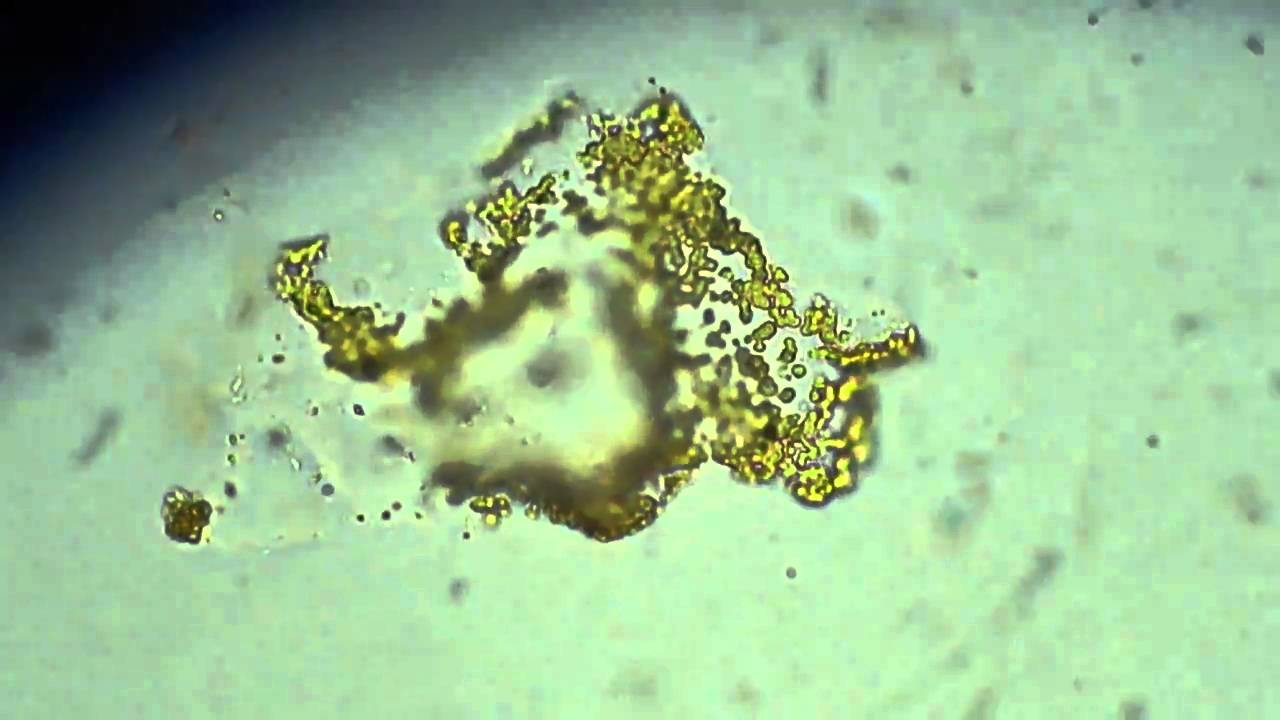
The Dream: Scientists Find Bacteria That Transforms Toxins into Gold
Scientists from Germany and Australia has managed to unveil the hitherto mysterious molecular process that allows a certain bacterium (Bacillus
Cupriavidus metallidurans) to digest toxic metals and turn them into gold.
The bacteria, which lives mostly in soils with a high content of heavy metals, managed to adapt to highly toxic environmental conditions.
As well as gold, copper is introduced into C. Metadillurans and when the particles of one and another metal come into contact, a series of chemical processes take place.
Cupriavidus metallidurans employ enzymes to shift the aggressive metals out of their cells and for copper; it uses an enzyme called CupA. However, the presence of gold makes things a bit more difficult.
When gold compounds are also present, the enzyme is suppressed, and the toxic copper and gold compounds remain inside the cell,” says Nies.
But, just as with Copper, the ‘Alchemsits Bacteria’ employs another enzyme which scientists have labeled CopA. Using CupA and CopA, the bacterium has the ability convert the copper and gold compounds into forms that are less quickly absorbed by the cell.
Through the interaction of different enzymes, the bacteria retain in its inside the toxic compounds of both metals and molecularly transforms the compounds to secrete so-called secondary gold.
Thus, the role of this bacterium in nature is decisive for the formation of this type of gold, which arises from the decomposition of primary gold, allowing scientists to unravel the biochemical cycle of the precious metal.
 English
English Arabic
Arabic


